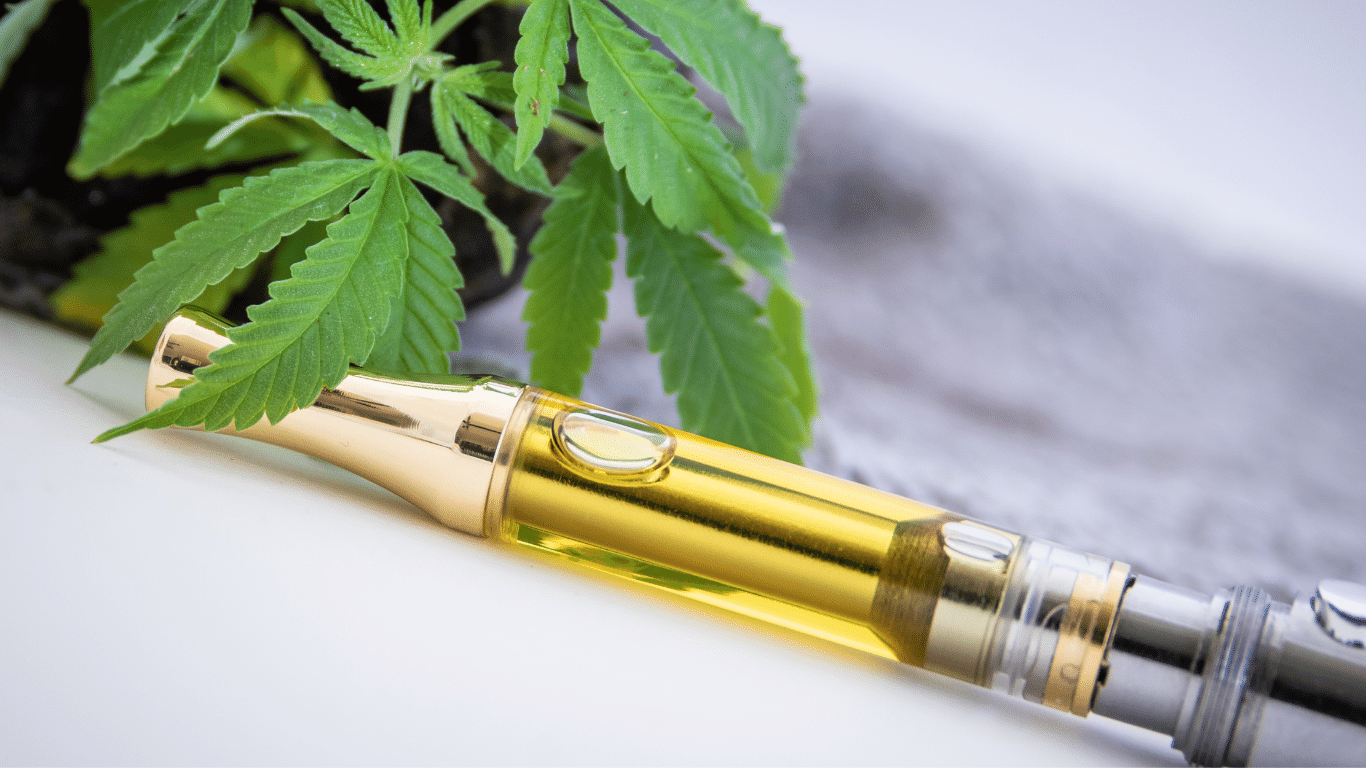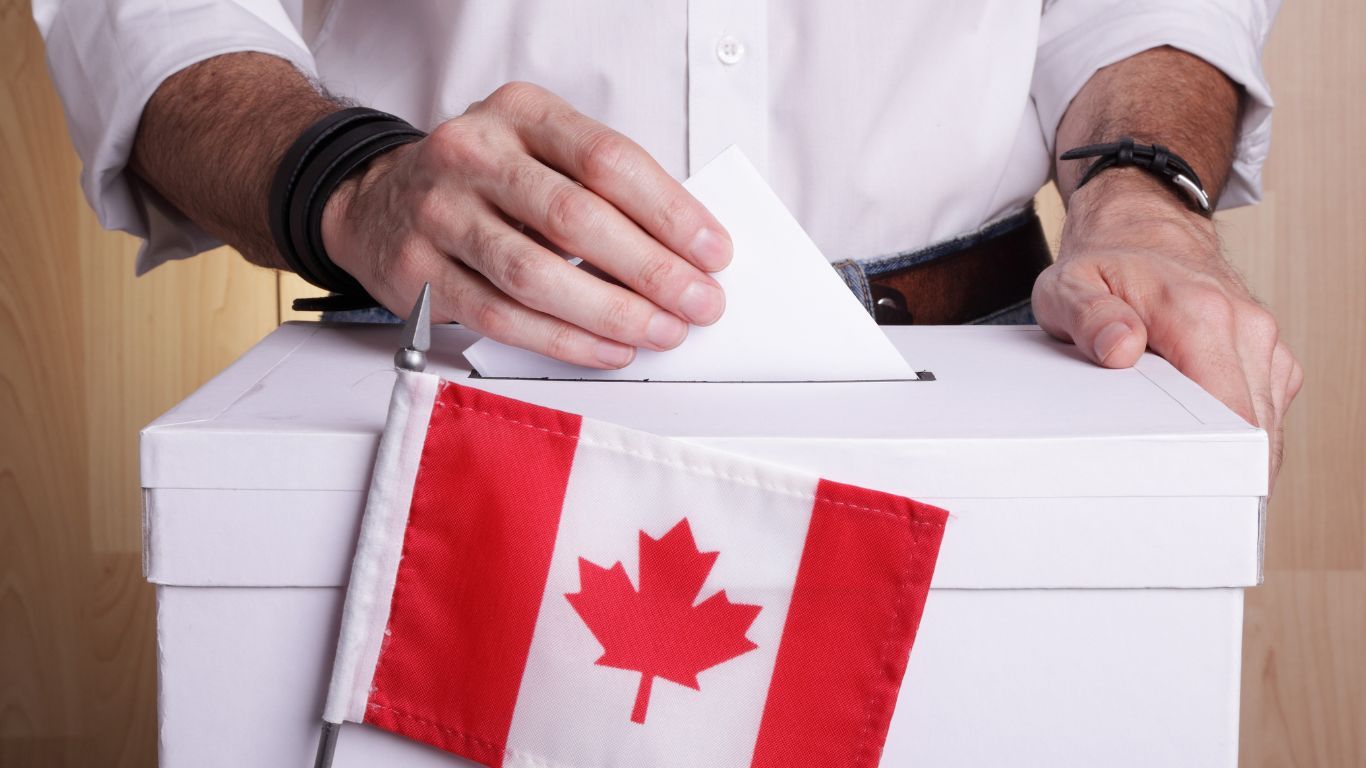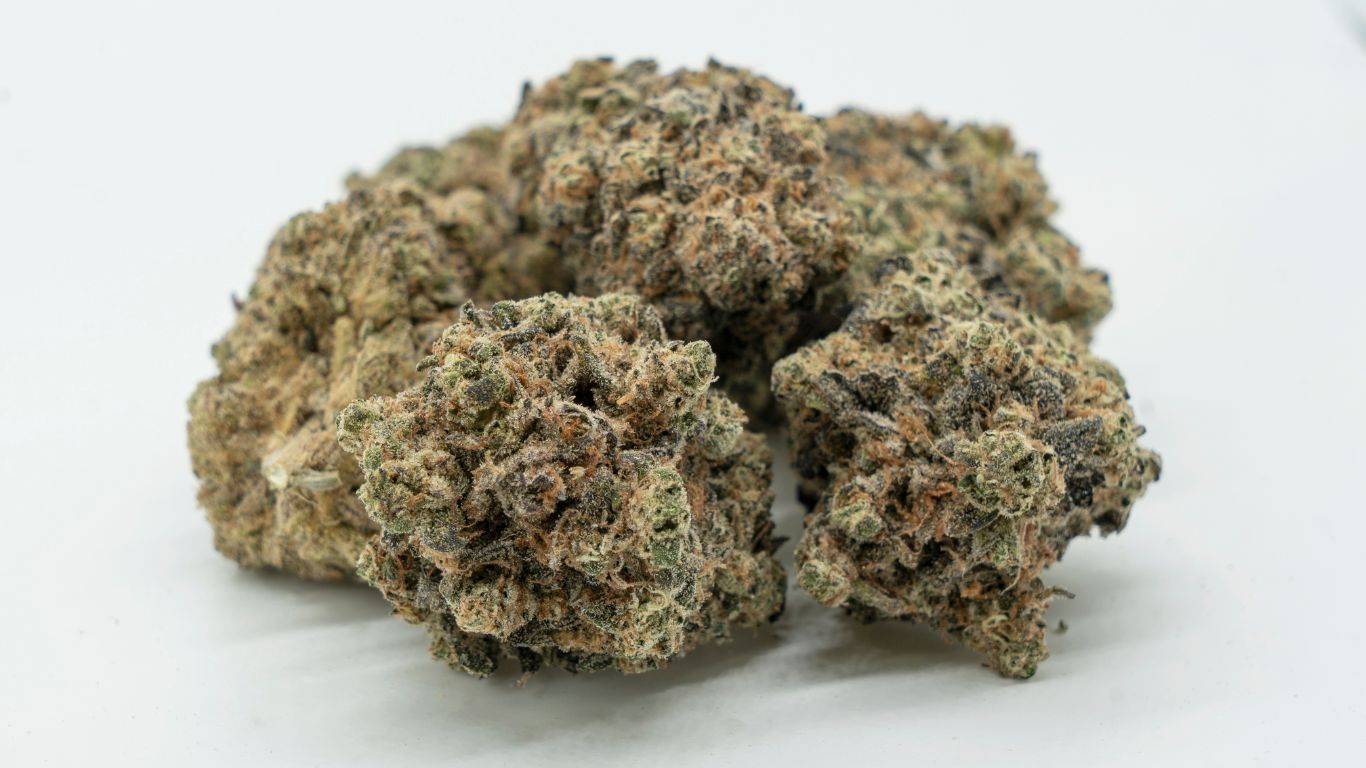
The cannabis industry in Canada is in a state of flux, with cultivators and retailers jostling to deliver diverse and innovative products. One area where this is true is with so called ‘full spectrum’ vape products, wherein cannabis oil has been un-reformulated after extraction.
“I would rather use the term ‘broad spectrum’,” says Tom Ulanowski, a Professional Chemist (APCBC) and Articling Agrologist (BCIA) in Abbotsford, BC. “By definition, if you’re selecting and extracting certain classes of compounds, you’ll never get a perfect representation of the source material. The majority of extraction and refinement methods involve some combination of heat, pressure, and solvent, and this will affect terpenes in the final product.”
Nonetheless, the term ‘full spectrum’ is commonly used in the Canadian Cannabis market, with some companies, such as Pure Sunfarms in BC’s Fraser Valley, using it as a means of differentiating their products.
“For Pure Sunfarms, ‘full spectrum’ is all about protecting the integrity of the whole flower as nature made it,” says Mandesh Dosanjh, President & CEO, Pure Sunfarms. “We define ‘full spectrum’ as cannabis oil that is not reformulated after undergoing the extraction process.”
That’s a simple enough understanding, but for Pure Sunfarms the ‘full spectrum’ concept encompasses other important criteria. These include extracting from strain-specific, whole dried flower, and then not only avoiding reformulation, but also ensuring that nothing is added to the final product – no botanical ingredients, no flavouring agents, no thinning agents, and no additional cannabinoids.
This approach has appeal to a solid niche of consumers. Terpenes and flavonoids, for example, add aroma and flavour to the plant, and are valued by many consumers who believe they might contribute to an ‘entourage effect’.
A better product?
Any product that’s ‘full spectrum’, with the added benefit of terpenes and flavonoids, is seen by some as enhancing the entourage effect. While the entourage effect has not been proven to have a psychoactive function, it is reasonable that the existence of terpenes and flavonoids can likely alter the consumer experience. But does it matter where they come from?
“Molecules are molecules, regardless of their origin,” says Ulanowski. “I can get limonene from a lemon – there’s chemically no difference than the limonene in a cannabis plant. The average consumer purchasing a $30 vape might not care about the origin of their terpenes. From a manufacturer’s perspective, the only problem is that the source and composition of non-cannabis – or botanically-derived – terpenes is often unknown or questionable, so there could be some liability and risk there. You’ve got to choose your supplier carefully.”
This is certainly not an issue with a provider like Pure Sunfarms, which can rightly claim that it’s product has no additives. Until Canada adopts a more rigorous labelling process with regard to cannabis oils and distillates, the consumer will be in the dark. This adds appeal to the so-called ‘full spectrum’ vape products offered by Pure Sunfarms.
“’Full spectrum’ extract delivers the full range and widest variety of naturally occurring compounds, including cannabinoids and terpenes, found in the original flower,” says Dosanjh. “This results in a product which features a flavourful experience derived from the original flower.”
What’s in a name?
The challenge with the term ‘full-spectrum’ is that it has no accepted definition. Unlike the term ‘organic’ – which has a certification process, and agreed-upon criteria – the term ‘full spectrum’ is open to speculation. There is no legal criteria. The language simply doesn’t exist within any regulatory regimen.
And though there is no doubt that the chemical and physical processes involved in extraction alter the substance, Pure Sunfarms is adamant that its process secures the full spectrum from the plant. The company claims that by carefully selecting the pressure and temperature when ethanol is purged from the extract, the cannabinoids, terpenes, flavonoids and other essential components can be retained.
“That’s how we ensure our extract contains the natural components present in our original flower,” says Dosanjh, “and can create a full spectrum product.”
However, while pressure and temperature are often necessary for the extraction of CBD and THC – whether using alcohol or supercritical CO2 – they can also exclude terpenes and flavonoids from the final product due to the post-extraction refinement process. With subcritical CO2 extraction, modulating pressure and temperature levels within a specific range can target these aromatic compounds, but the extraction will never be perfect.
“People want all the ‘good stuff’ that’s in herbal cannabis to be transferred into the extract,” says Ulanowski. “When you extract cannabis, depending on the method, you may get close to preserving the ratios of all the molecules of interest – namely cannabinoids, terpenes, and even flavonoids – but it’s often not economically feasible to do so using conventional extraction techniques, especially at scale. Plus, refinement processes like winterization and decarboxylation tend to significantly negatively impact these fragile, aromatic compounds. That’s why I prefer the term ‘broad spectrum’.”
An educated consumer
Referencing a ‘full spectrum’ product has become a means of differentiating products in the consumer space. At the retail level, however, the language doesn’t always resonate.
“I don’t get a lot of customers asking about ‘full spectrum’ or ‘broad’ spectrum’, says Jeramie Nancoo, a budtender at Growers Retail in Toronto. “That said, a lot of customers are looking for an alternative to smoking, and they tend to lean towards vapes.”
Nancoo says that customers are more concerned about extraction methods, with a preference for CO2 extraction, as it is perceived as a more environmentally sensitive method. Ultimately, the customer is looking for the greatest value.
“The consumer is looking for bang for the buck,” says Nancoo. “They are looking at how much distillate they’re getting for the dollar. From a consumer perspective, there is more selection on the market now for 510 cartridges. If consumers are looking for variety in terms of vape cartridge, I would recommend a 510 battery to go with a 510 cartridge.”
Nancoo also notes that the PAX vape product allows for temperature control, which can assist a user looking for more control over flavour and potency. As for “510”, the number describes the threading that connects vape cartridges and batteries. With this technology, there are 10 screw threads, and the cartridge is generally five millimeters in length.
“Any cartridge with a standard 510 thread will fit on any standard 510 threaded battery,” says Dosanjh from Pure Sunfarms. “Our vape cartridges are universally compatible with a standard 510 battery, which are widely available at licensed cannabis retailers.”
And among these options are products that, the consumer can be certain, have only what came from the original flower, whether it is being sold as ‘full’ or ‘broad’ spectrum. Within this context, there may even be an opportunity to market vape products as ‘narrow’ spectrum.
“Marketers love the term ‘full spectrum’, because it sounds like they’ve retained all the benefits of the cannabis plant, while removing impurities,” says Ulanowski. “However, in my opinion, this is not accurate, scientifically speaking. Generally, I tend to consider anything between 0% and 80% THC or CBD as ‘broad spectrum’, and if it is above 80% THC or CBD, it is typically a distillate, and considered a ‘narrow spectrum’ extract.”
This article originally attributed quotes from Pure Sunfarms to their communications Manager, Danielle Bronson.











